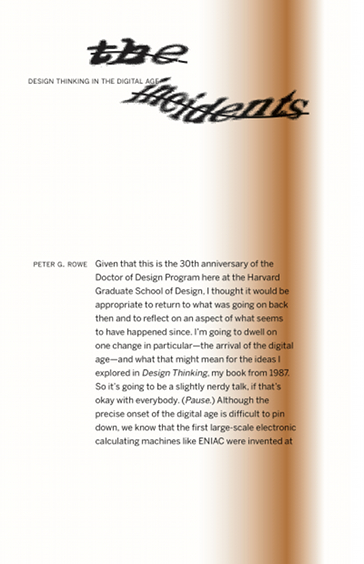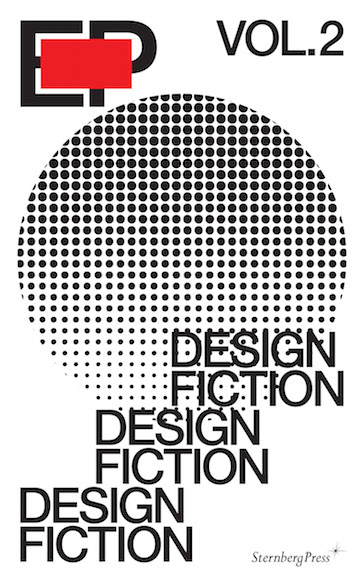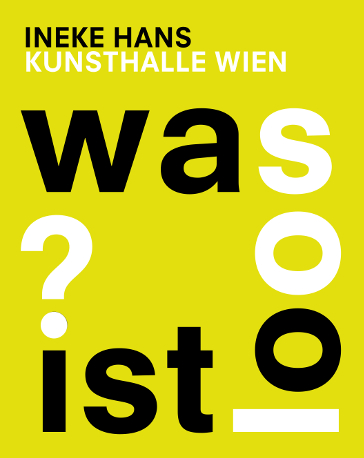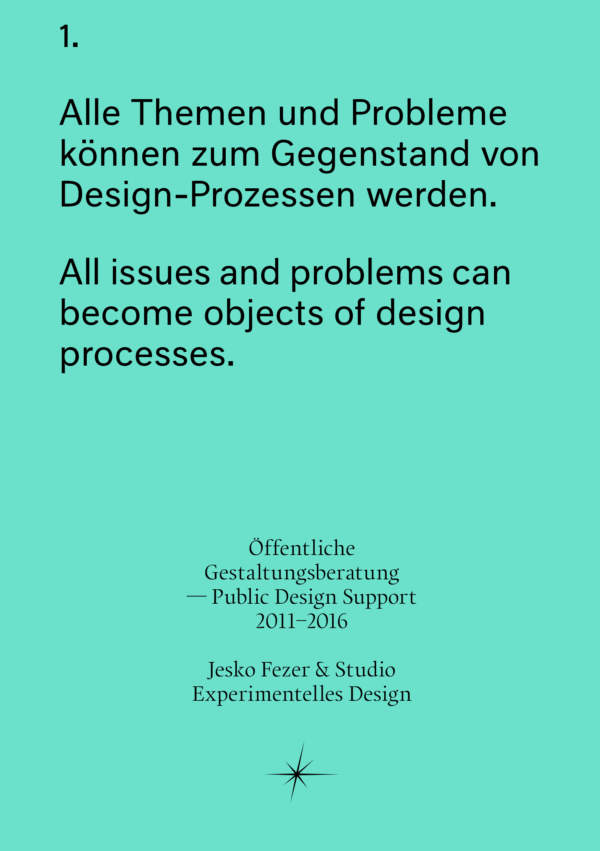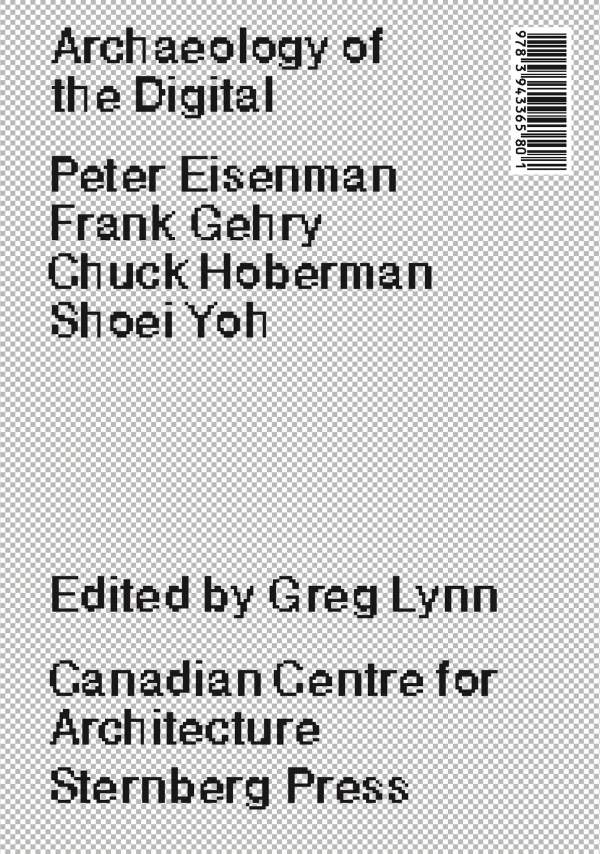Your cart is currently empty.
Cart
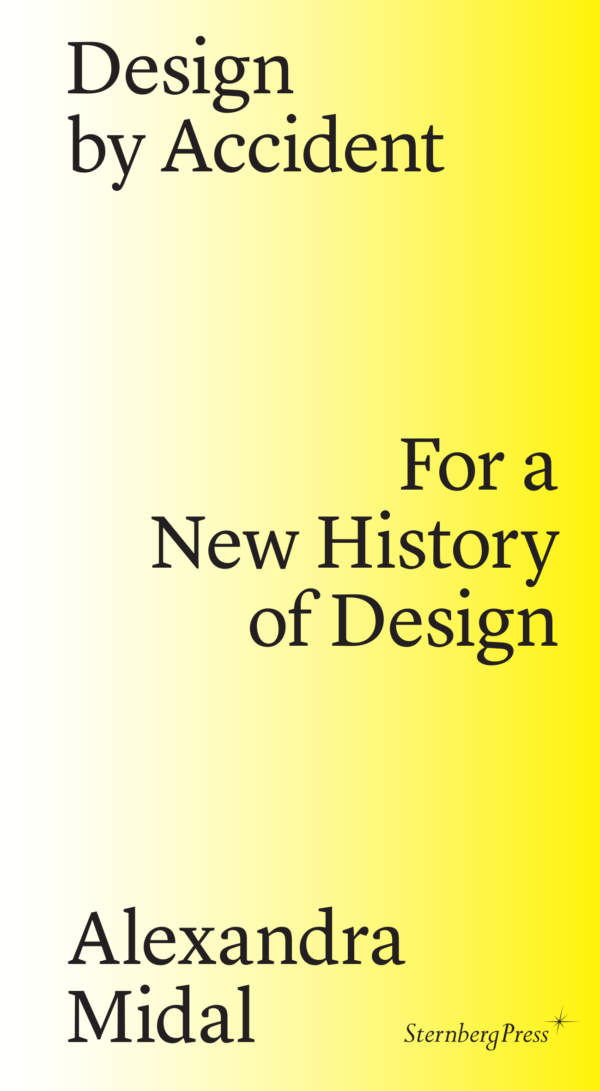
Design by Accident
For a New History of Design
Foreword by Paola Antonelli
Preface by Michelle Millar Fisher
In Design by Accident, Alexandra Midal declares the autonomy of design—in and on its own terms. This meticulously researched work proposes not only a counterhistory but a new historiography of design, shedding light on overlooked historical landmarks and figures while reevaluating the legacies of design’s established luminaries from the nineteenth century to the present. Midal rejects both linear narratives of progress and the long-held perception of design as a footnote to the histories of fine art and architecture. By weaving together critical analysis of the canon of design history and theory, with special attention to the writings of designers themselves, she draws out the nuances and radical potentials of the discipline—from William Morris’s ambivalence toward industry, to Catharine Beecher’s proto-feminist household appliances, to the Bauhaus’s Expressionist origins and the influence of Herbert Marcuse on Joe Colombo.
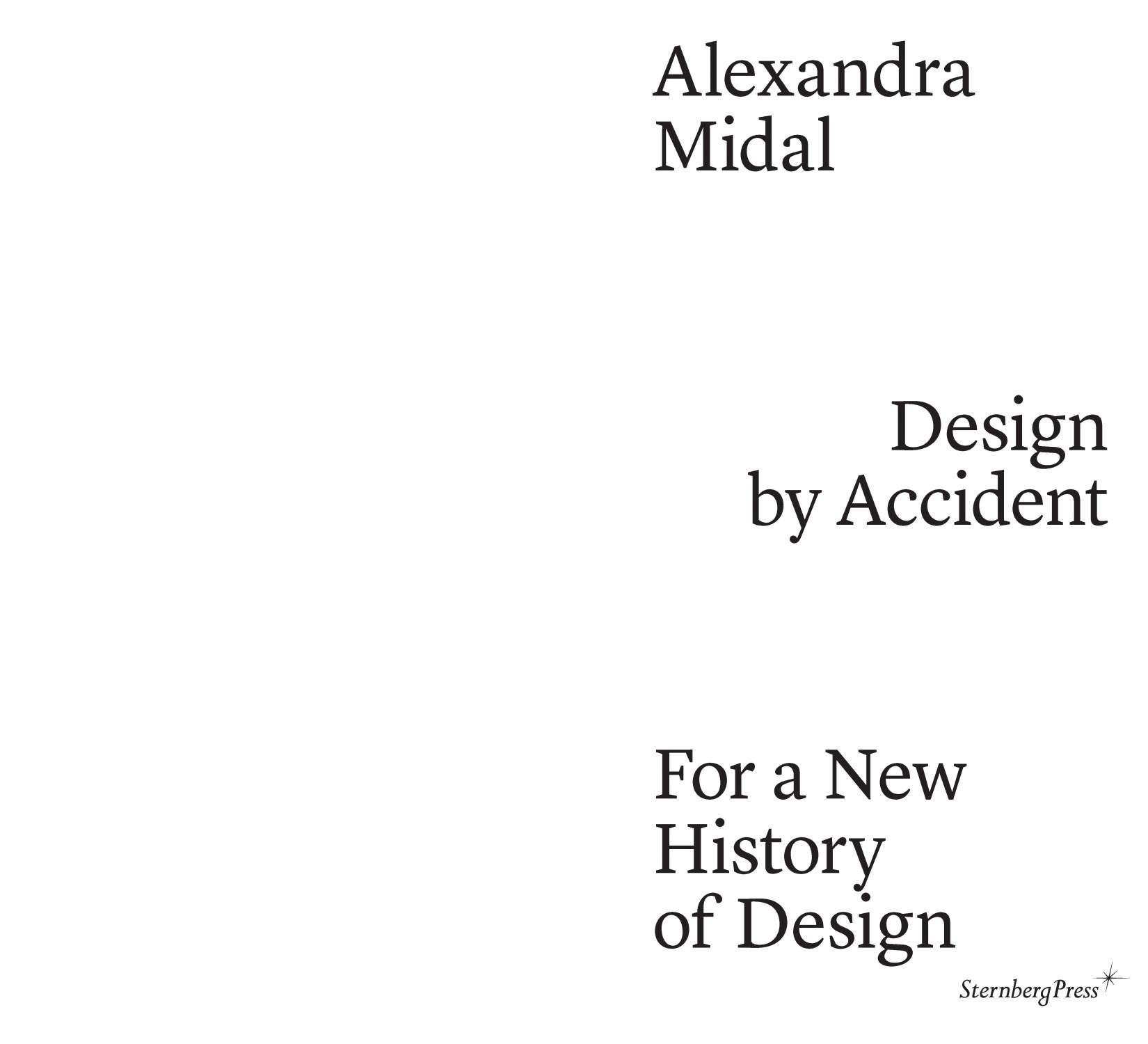
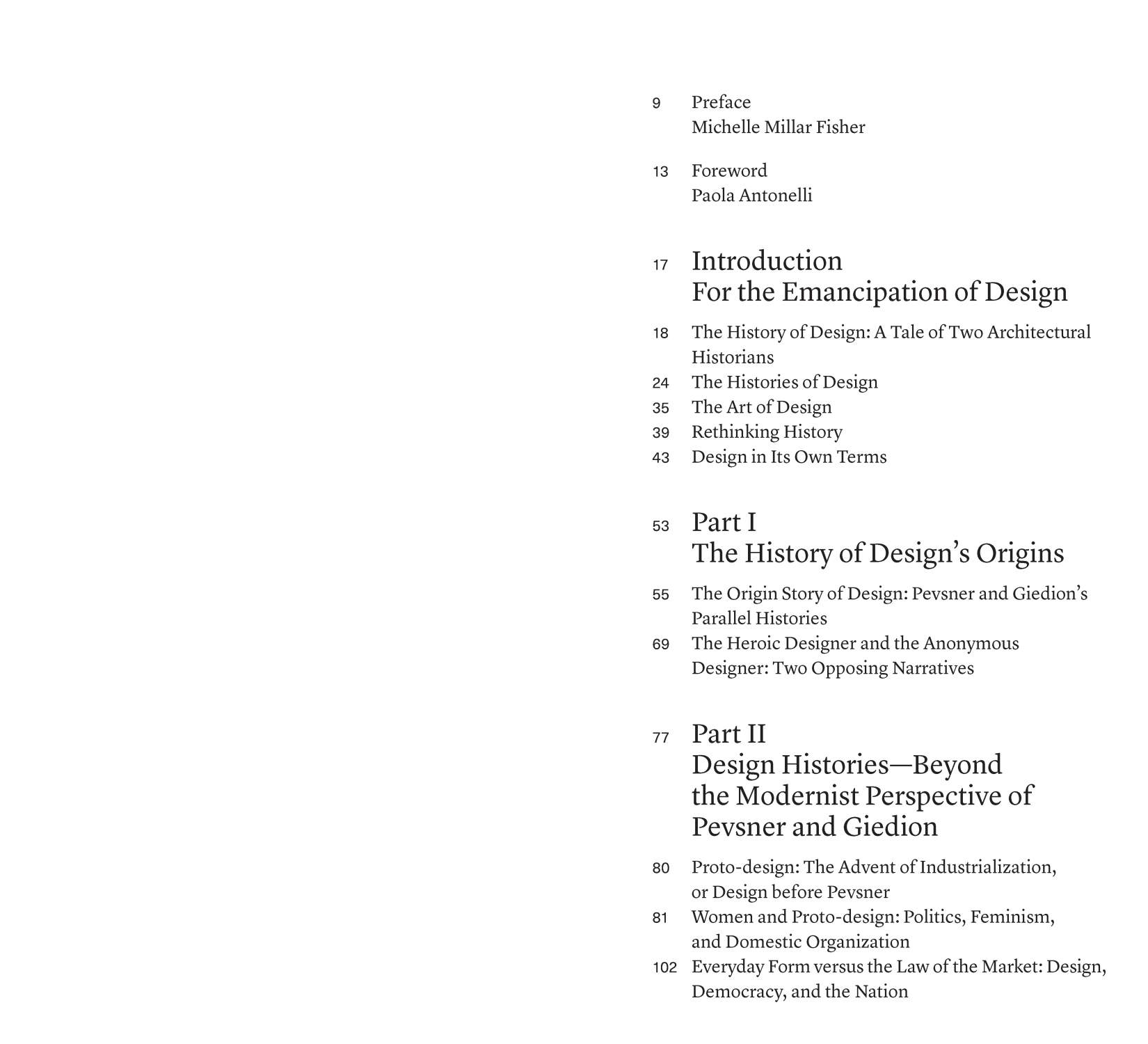
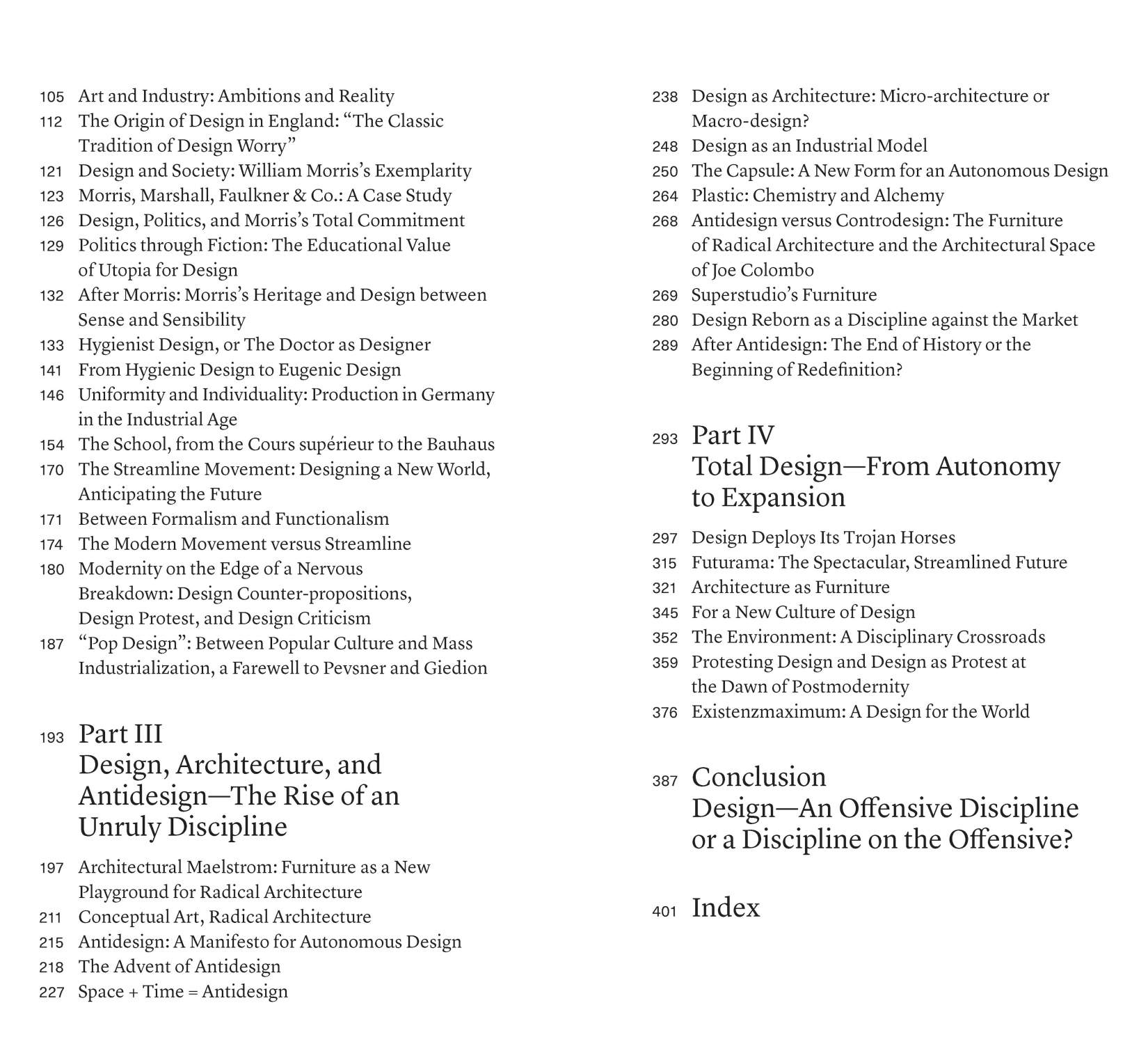

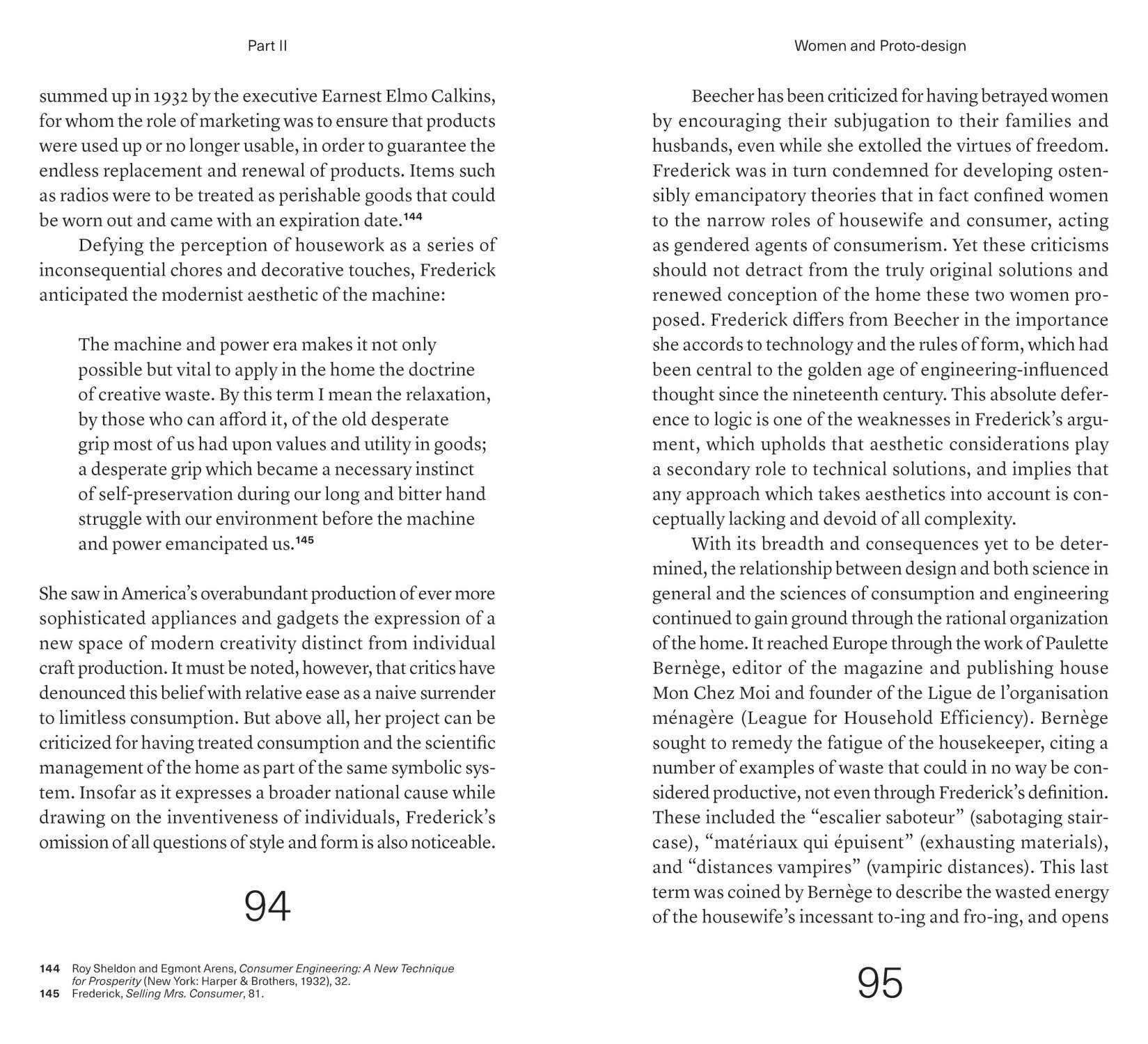
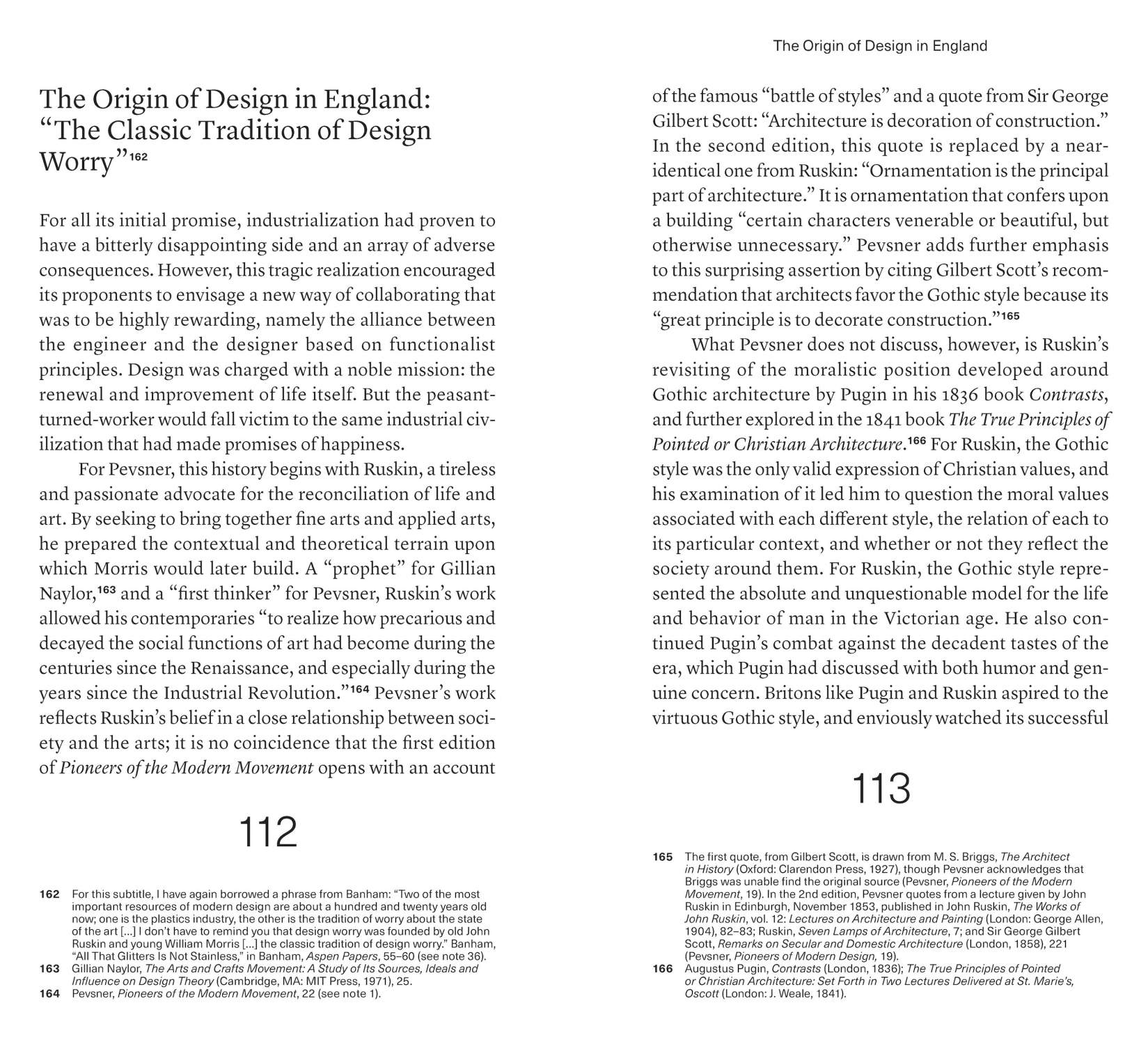
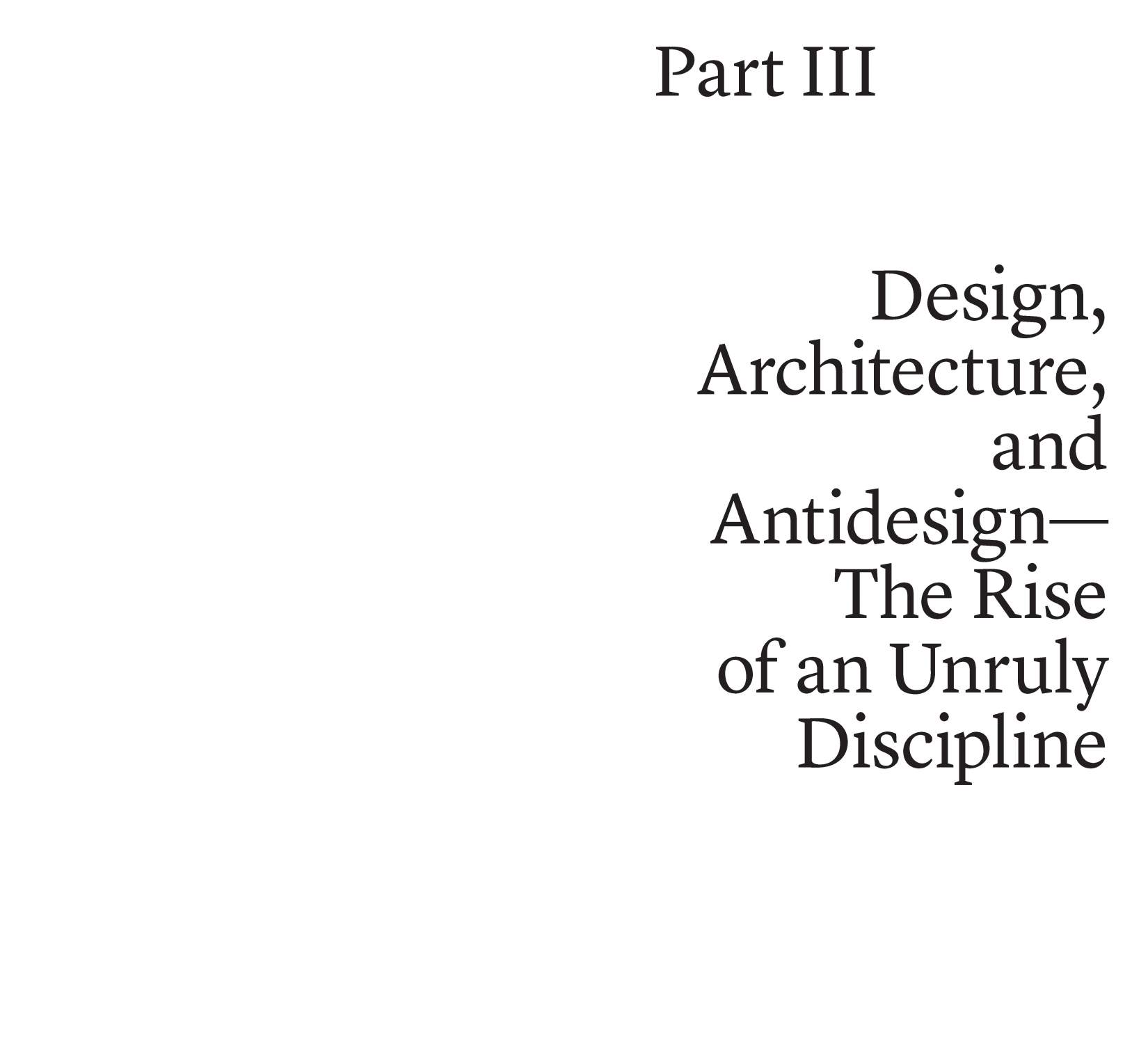
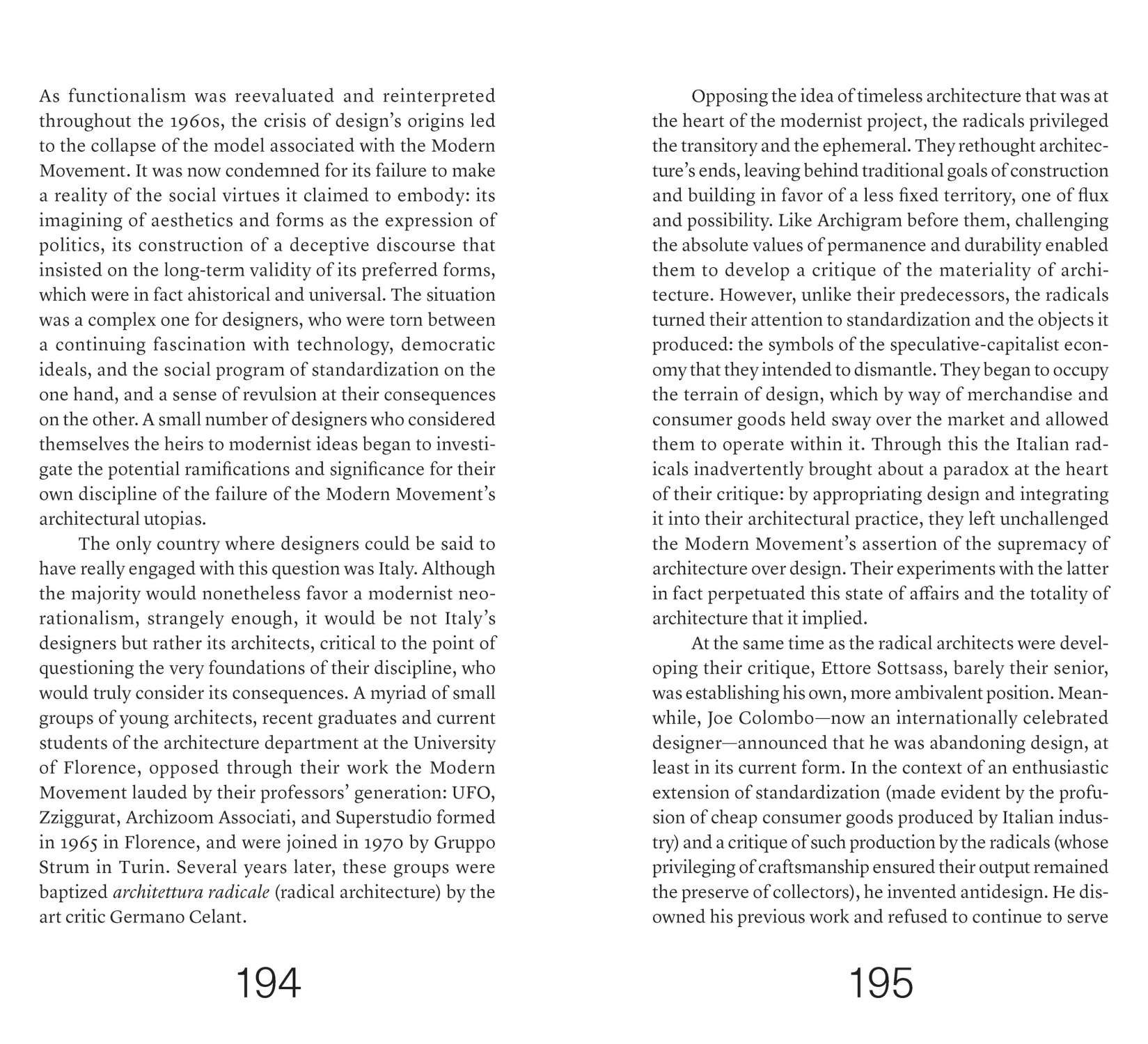
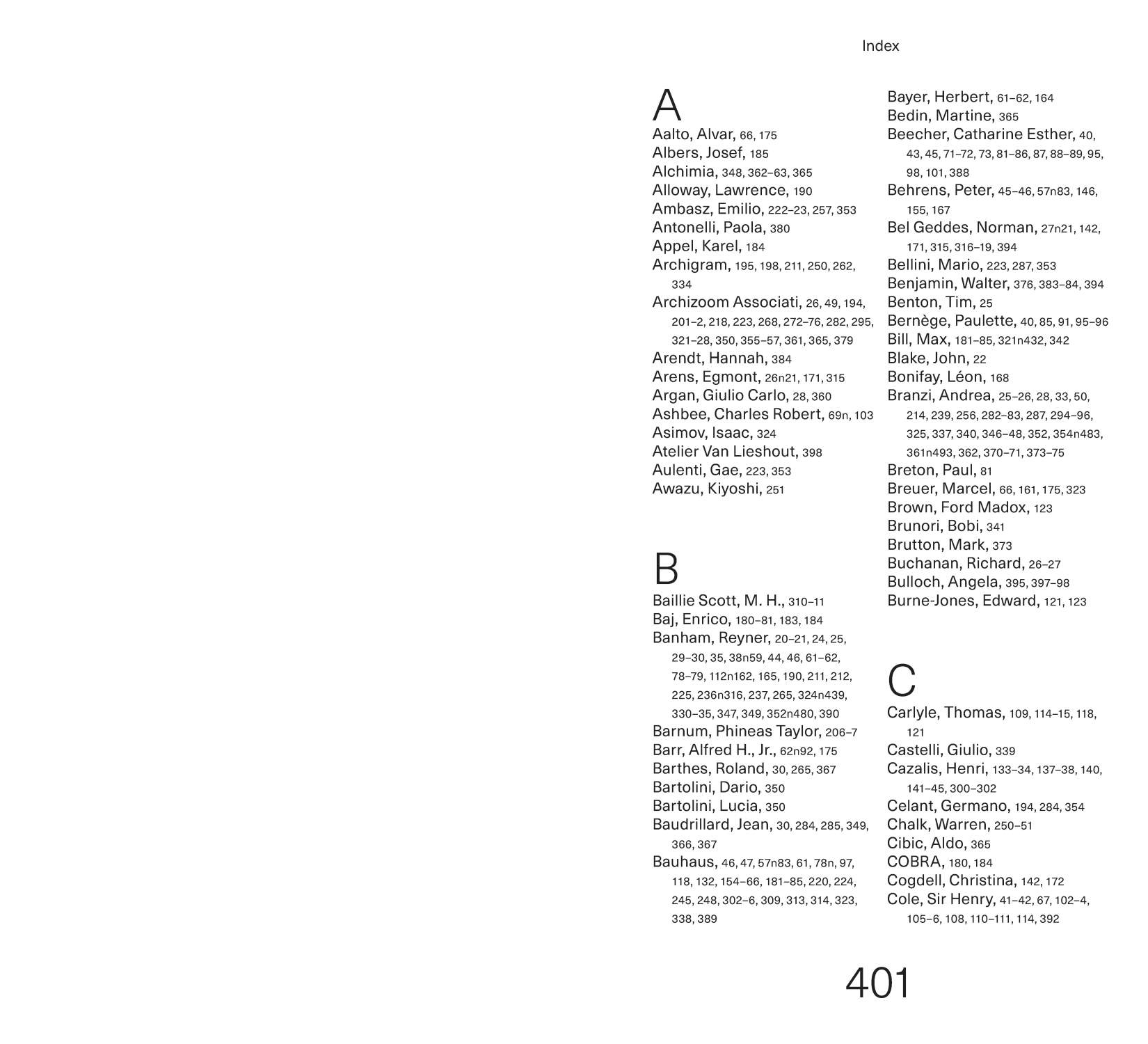
Spoon to city, lipstick to locomotive, atom to complex system, Alexandra Midal’s theory encompasses all scales. Bold and assertive, it claims a territory (both academic and disciplinary) that design has invaded over decades. Respectful, curious, generous, and hungry for other fields’ bodies of knowledge and expertise, designers invade without colonizing. Who can we trust more?
— Paola Antonelli, Museum of Modern Art
Design by Accident is a genealogical odyssey that masterfully—and critically, and lovingly—interweaves stories and ideas to chart the emergence of design as an autonomous discipline. This is no mean feat. As the author asserts, it is a ‘history of design in its own terms.’ One for our own times too.
— Michelle Millar Fisher, Philadelphia Museum of Art
